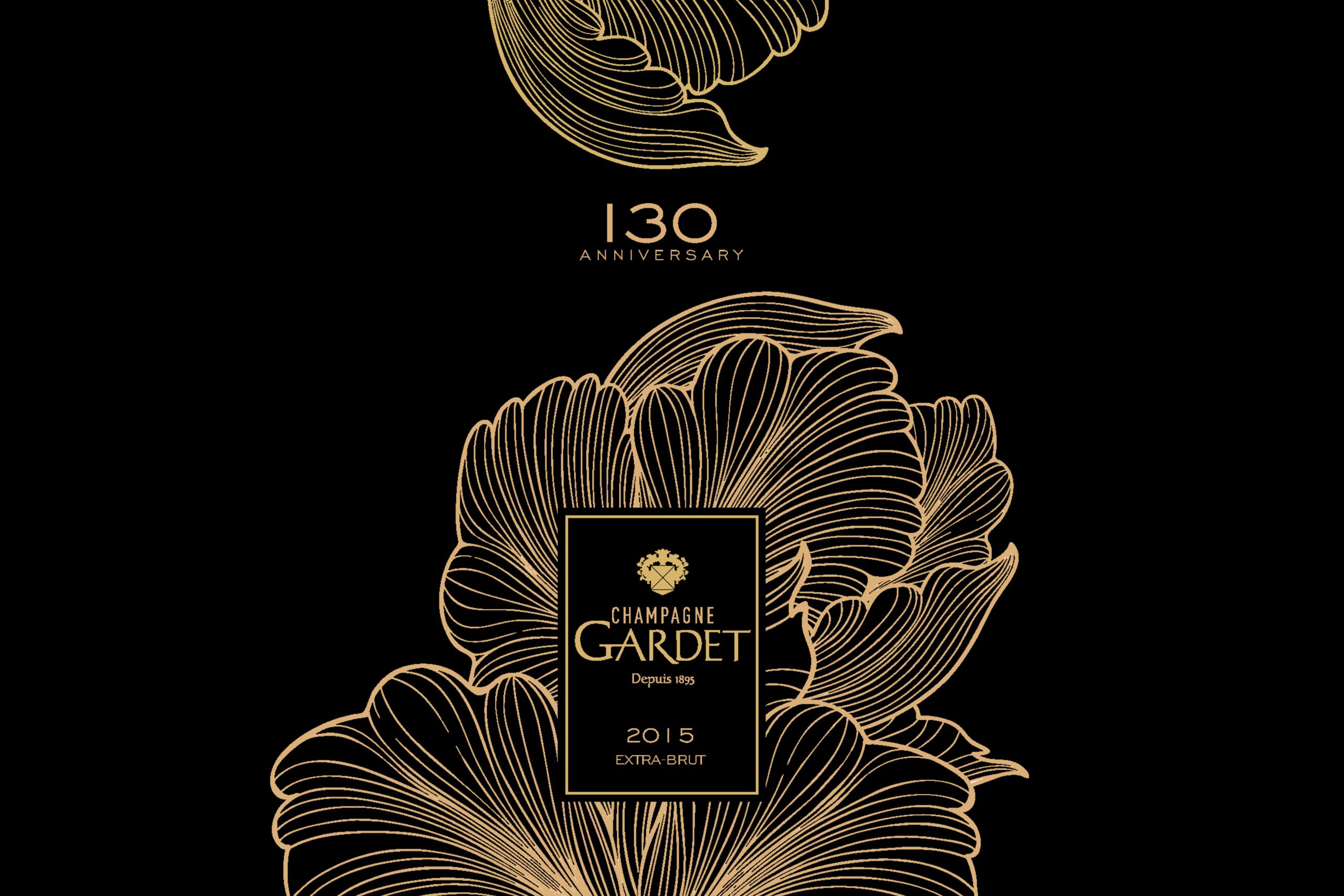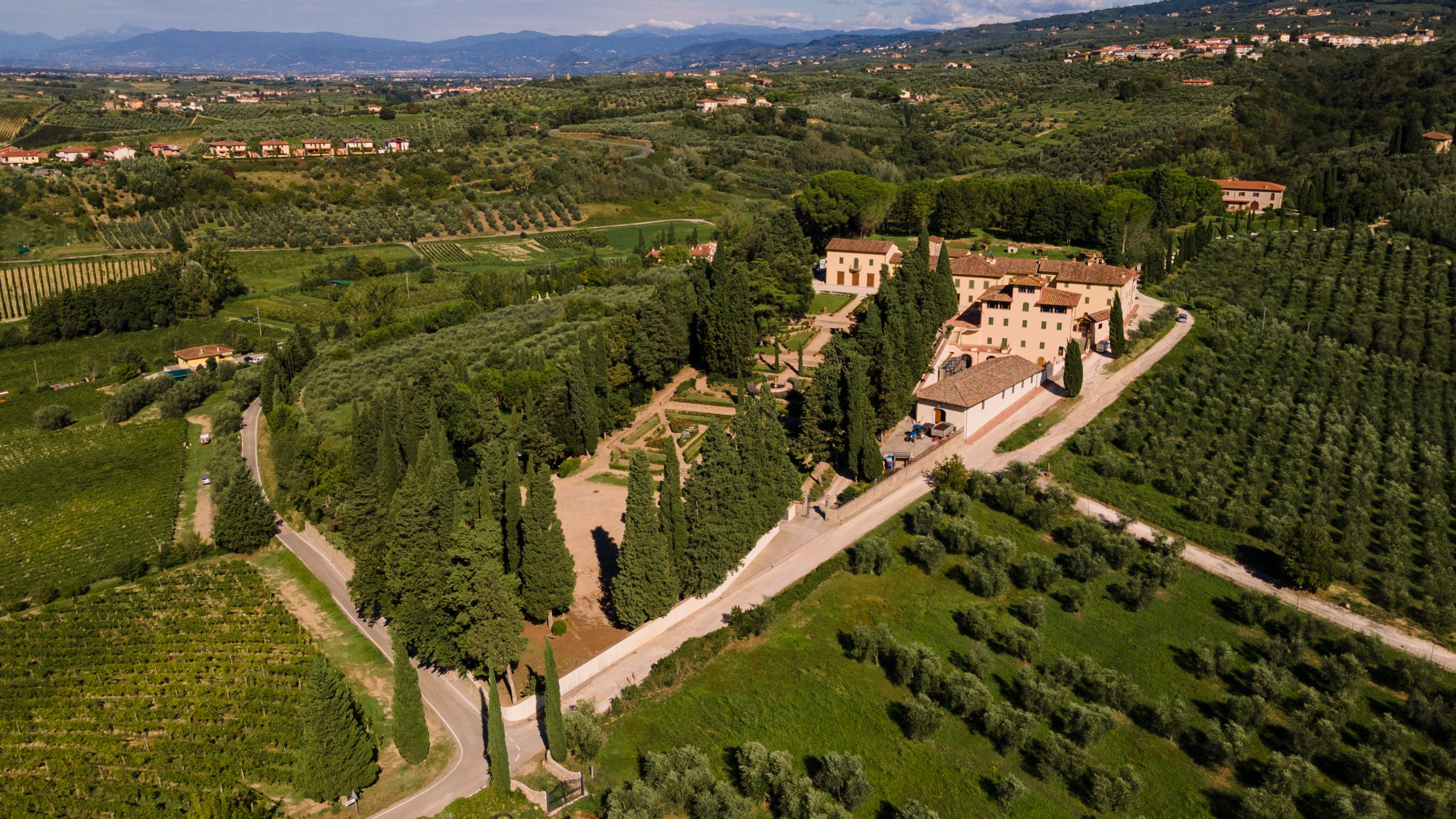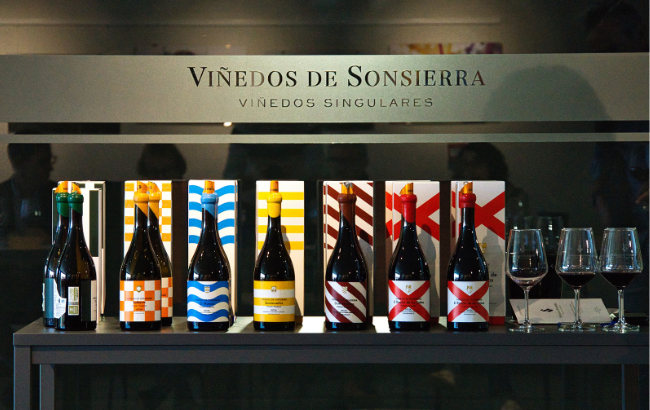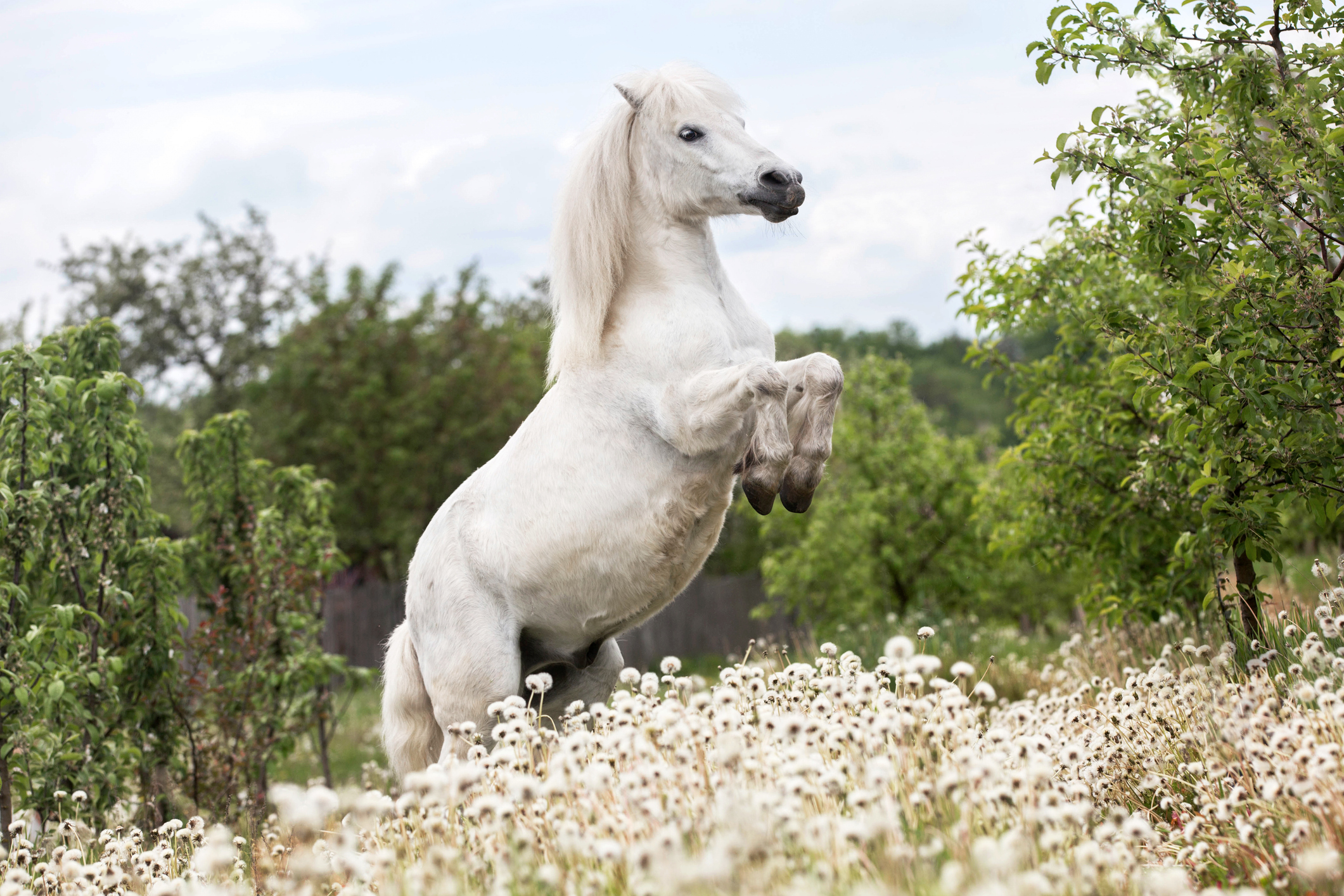Catena unveils new label design inspired by the history of Malbec
By Phoebe FrenchArgentina’s Bodega Catena Zapata has unveiled a new label design for its Malbec Argentino 2015 inspired by the history of its flagship variety and told through four symbolic women.
Founded in 1902 in Mendoza, Catena Wines was one of the first to bring European winemaking techniques to Argentina, pioneering the use of Malbec and vine growing at high altitudes.
At a dinner and tasting last week, held at Wandworth’s Chez Bruce, Dr Laura Catena, managing director of Catena Wines, and her sister, historian Dr Adrianna Catena, showed off the new label design for the Malbec Argentino.
With the assistance of its stockist Hedonism Wines and head chef of Chez Bruce, Bruce Poole, Laura and Adrianna took members of the wine trade and press through ten centuries of Malbec.
The new label, the brainchild of Adrianna, pays hommage to Malbec and its roots in France and subsequent rise in Argentina. Designed by Stranger & Stranger, a packaging design and branding company which specialises in alcoholic drinks, with the artwork supplied by Rick Shaefer, the label depicts four female figures which embody different milestones in the history of Argentina’s treasured grape variety.
Laura Catena and Adrianna Catena.
The first woman, symbolising the birth of Malbec, is Eleanor of Aquitaine. Born in 1137, she was the the Duchess of Aquitaine, Queen consort of France from 1137 to 1152 and later the Queen consort of England from 1154 to 1189.
She is depicted on the label as “a strong, Old World presence, lingering at the bridge in Cahors, where Malbec came into its own”.
The second woman is an immigrant, symbolising the movement of settlers from Europe to the New World which began in earnest in the 16th century. She symbolises the sacrifice of “unknown explorers and adventurers who connected Europe with the Americas”.
The third woman symbolises phylloxera, a microscopic insect that decimated European vines in the late 19th century. Although it is depicted here as female, Laura noted that phylloxera is in fact transgender.
While phylloxera is present in Argentina, Laura added that for reasons that are still not fully understood, it has not taken hold. It has been suggested by Hugh Johnson OBE and Jancis Robinson OBE, MW in The World Atlas of Wine that the louse present in Argentina is a weak biotype which, when it does attack the vines, does not cause lasting damage.
Partner Content
Other theories as to why the virulent European strain is not present in Argentina range from the country’s use of flood irrigation and the high proportion of sand in the soil, to Argentina’s geography and the natural barrier created by the mountains, deserts and seas.
Tagliatelle with pigeon ragu, grelot onions and aged Parmesan.
The final woman, representing the present day, is Adrianna Catena, after which Catena’s famed Adrianna vineyard was named. At almost 5,000 feet above sea level, the Adrianna vineyard was planted by Nicolás Catena Zapata in Gualtallary with the aim of finding the coolest location for growing vines in Mendoza. It was originally planted with Cabernet Sauvignon and Chardonnay cuttings from France, and with Malbec taken from Lot 18 of the (at the time) 75-year-old Angélica vineyard.
Adrianna herself is a Leverhulme Early Career Fellow at the University of Warwick and is working on a project chronicling the history of new world dyes in Early Modern Spain.
Unlike the 2013 vintage which was made from grapes sourced from the Adrianna and Nicasia vineyards, Laura announced that Catena was trialling a new combination.
Instead, the grapes for the 2015 vintage now hail from the Nicasia vineyard and Angélica vineyard. Named after Nicolas Catena’s grandmother and mother respectively, the two vineyards are both situated at over 3,000 feet above sea level.
The vines in the Nicasia vineyard are 20 years old and are a mixture of Malbec, Cabernet Sauvignon, Cabernet Franc, Chardonnay and Syrah, although only Malbec is used for this wine.
Meanwhile, in the Angélica vineyard, the vines are 90 years old and planted with pre-phyloxeric rootstock.





Wow! Far-out! I wonder what the label will look like when Cannabis-infused wines appear?
Great! I love labels with a good story and simbols. It wouldn’t be suprised if other Argentinean (or other) producers start doing labels like this to copy them, no doubt Catena is a success itself.
how and where can i purchase a print of this amazing artwork to frame and hang in my bar?
Hi Traci, where are you located? We can probably get you one!